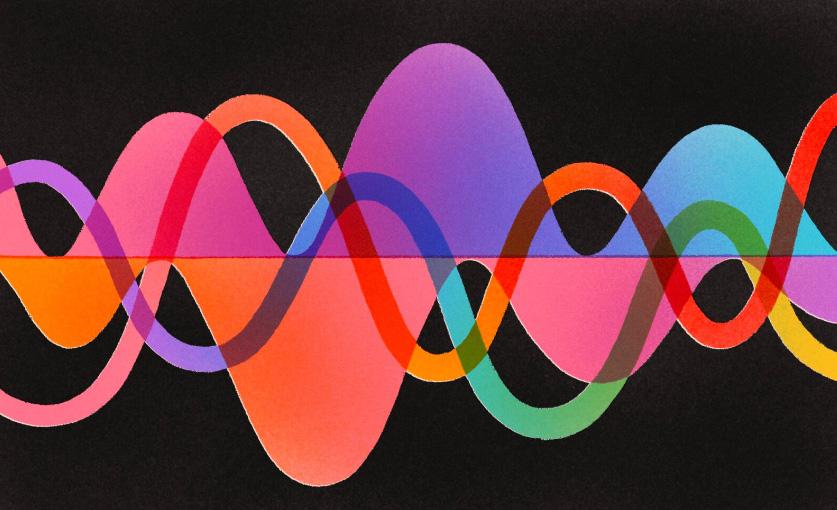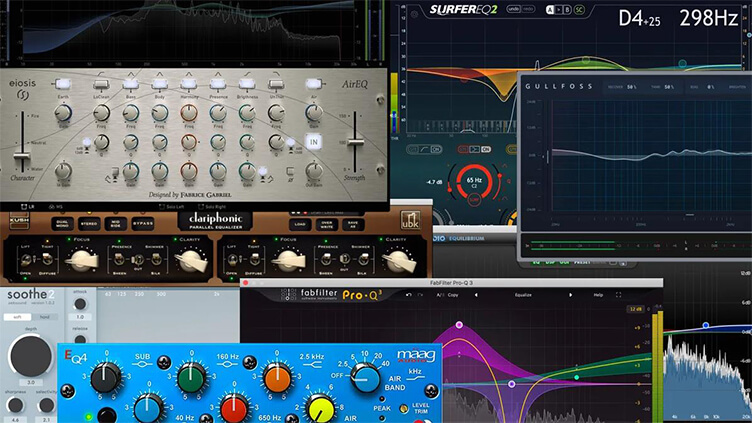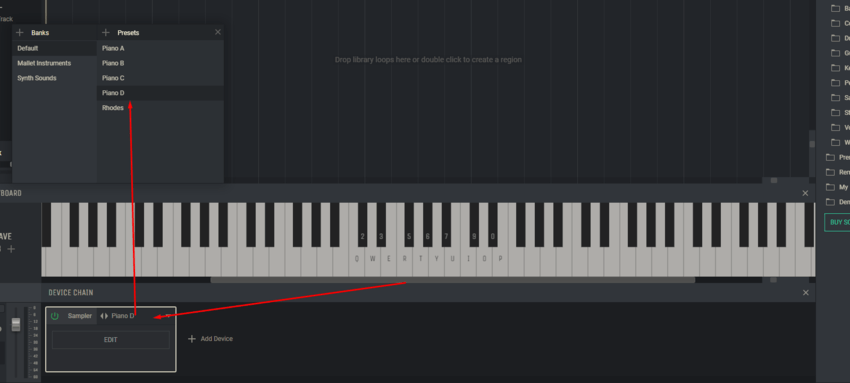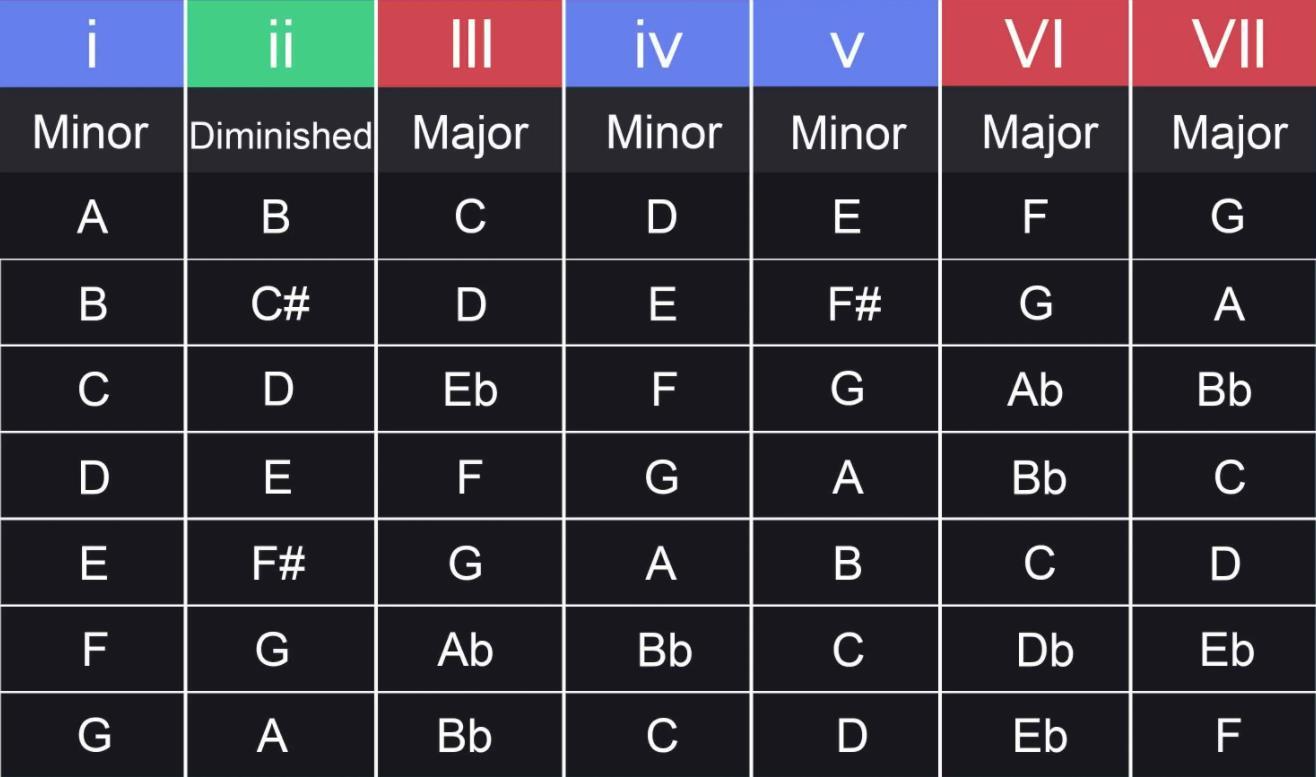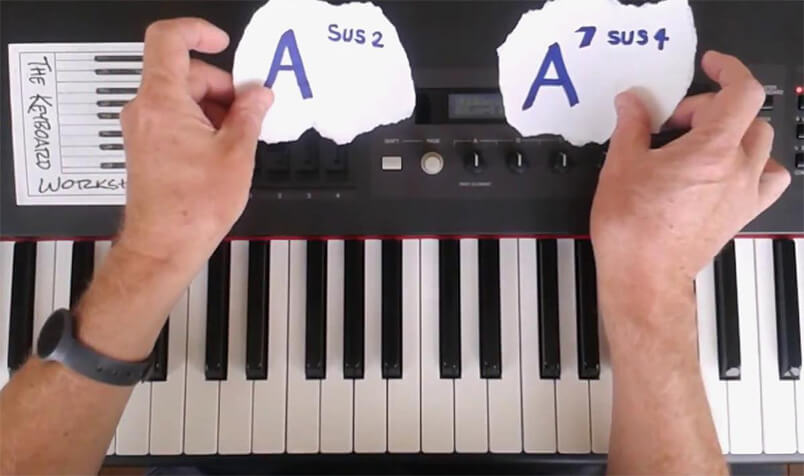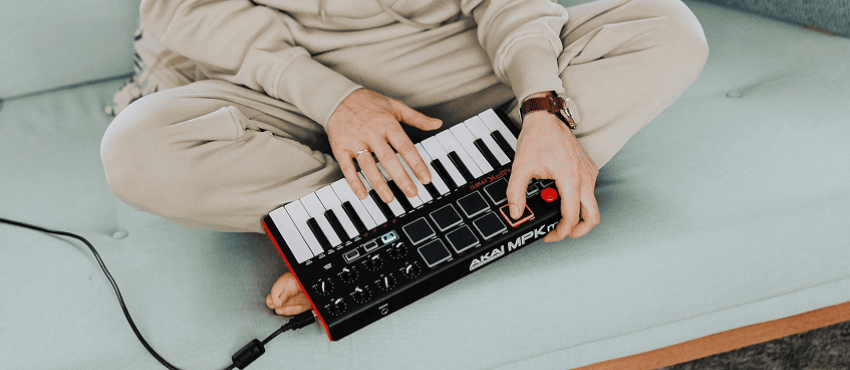What are transients
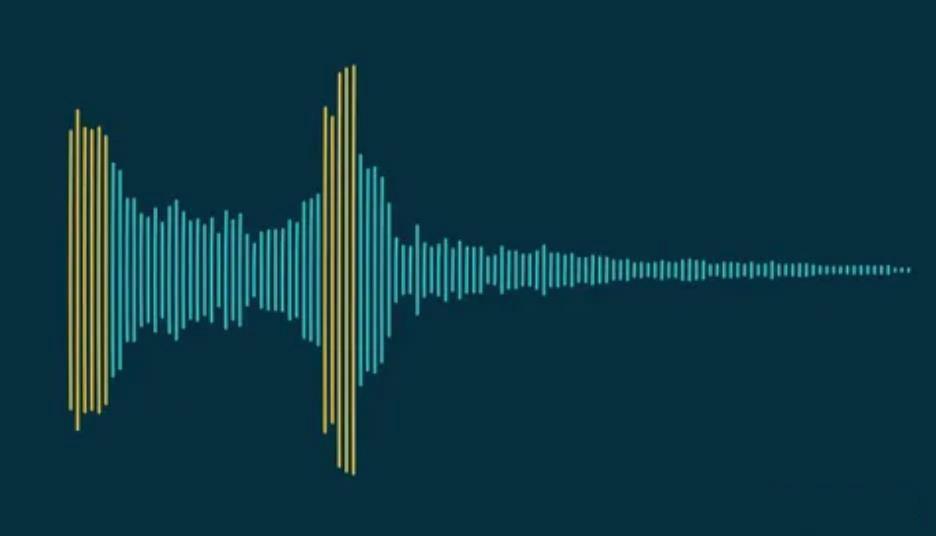
When you get into music production, you come across terms that seem mysterious and loaded with meaning: spatialization, panning, soundscape, sonic tapestry, hazy mix, and others. These terms, while seemingly complex, can help you create a cohesive and professional mix that will make your music stand out in the streaming age.
One of the important concepts in music production is transient. This is a sonic element that has a significant impact on the dynamic range of a composition and requires careful tuning to achieve the best sonic results.
In this article, we’ll look at what transient is, how it affects sound, and how to use it to create a cohesive mix.
What are transient processes?
First, let’s define what a transition process is.
A transient is a short burst of energy that occurs at the beginning of all sound waves. When we look at a waveform, the transient signal is the first peak we see, which means it is the first thing we hear in a sound, be it a voice, a guitar, or a drum. Despite the high amplitude, the transient process does not contain harmonic content, but gives the instrument strength and rhythm.
Your job as a music producer is to ensure that the energy of transients is conserved, keeping them under control and without sacrificing their impact on the mix. Transients are responsible for the groove and power of your song, and if they are weakened, the track will be weak and will not attract listeners.
On the other hand, leaving transients unchanged can throw off the volume balance of your track, as these peaks will determine the volume level of the entire composition.
Transients on various instruments
Each part of the mix has unique characteristics that require a special approach to enhance or control their impact on the composition. Let’s look at some of the most popular musical instruments and determine how to handle transients for each of them.
Vocals
Transients in vocals are less pronounced than in percussion instruments, which tend to be more problematic. Vocal transients most often occur at the beginning of phrases and on consonants. To ensure a smooth vocal line and cope with transients, it is best to use soft compression. This will help equalize the levels and ensure a consistent sound on your vocals.
Another important aspect of working with vocals is managing sibilant transients. Harsh “s” sounds can be distracting and unpleasant if left unchecked. De-essers are especially useful for solving this problem. These specialized instruments are designed to reduce the level of sibilance, creating a cleaner, more professional-sounding vocal track.
Guitar
The handling of transients in an acoustic and electric guitar differs quite significantly. In acoustic guitars, transients are more noticeable during the initial plucking of the strings, and can be enhanced with transient drivers. These drivers add brightness and clarity to the sound, which is especially popular in genres such as folk, country, rock and pop music.
Electric guitars, especially those with distortion, have less pronounced transients. In most cases, light compression can be used to keep the sound level constant and make transients more in tune with the rest of the mix. This technique is especially important for genres such as rock and metal where the guitar plays a prominent role. Compression helps soften the guitar’s transients, making it sound more cohesive and polished.
Drums
And here is the most problematic tool.
Drums and percussion instruments in general are rich in transients, especially the drum kit, snare and cymbals. These transients define the groove and rhythm of the song, so it’s important to find the perfect balance between powerful and controlled transients to keep the song sounding interesting.
In general, a fast compressor attack can help soften the transient, bringing it down to a more manageable level, while a slow attack allows the transient to punch through, increasing the energy and rhythmic impact.
An invaluable tool for handling transients in drums are transient conditioners. These plugins allow you to either boost or soften the initial kick of the drum, depending on the desired effect. For example, if you want the kick drum to have more attack, you can increase the transient response with a driver. If you need to soften the initial impact, the shaper will help reduce its impact.
Different drum parts have different transient characteristics. The bass drum is rich in low-frequency transients, while the snare drum is more pronounced in high-frequency transients. The cymbals cover a wide range of transients, from high to low frequencies.
When working with transients, it is important to approach each drum part individually. For example, the kick drum might use a slower compressor attack time to preserve its low-frequency transients, while the snare might be better off with a faster attack time to control its high-frequency transients.
Bas-guitar
Bass guitar transients are generally less harsh than other instruments, but become especially noticeable in styles that use slap bass or heavy string plucking, such as jazz, funk, or metal.
A compressor with a moderate attack time can be used to control these transients. This technique helps quickly suppress transients, preventing them from becoming too loud and overwhelming the mix.
You can also use an equalizer to fine-tune the presence of pluck in the mix. A slight boost in the high frequencies can highlight the harshness of the transient, while reducing the low frequencies can help reduce the muddiness of the sound.
Piano
The piano is an incredibly versatile instrument with a wide dynamic range. At the beginning of each note, it exhibits distinct transients that define its character and impact on the overall mix. Controlling these dynamics while maintaining the piano’s natural tone can be a challenge.
I recommend starting with gentle compression to even out the volume of notes and prevent transients from getting too loud. For styles that require a brighter or more percussive sound, use a transient driver to enhance the initial attack of piano notes, giving them more definition and impact.
How to Fix Transients in a Mix
While I’ve already mentioned some transient control tools, let’s take a closer look at the most common ones and determine which ones are best suited to achieve different effects. Each tool offers a unique approach to shaping and taming transients. Understanding when and how to use them in your music will undoubtedly improve the quality of your output.
With compressor
If you work with transient processes, a compressor can be your best assistant. A compressor reduces the dynamic range of an audio track, taming overly powerful transients and making them appear more organic in the mix.
Start by adjusting the attack and release parameters to control how much to impact transients and how quickly the compressor responds to them. This is ideal for smoothing out the harsh attacks of percussive elements without losing their energy.
Don’t forget about parallel compression, which involves mixing an unprocessed audio signal with a highly compressed one. This technique is widely used in electronic music to enhance the power and physicality of the sound while maintaining its natural dynamics. It is especially effective for processing drums and vocals, seamlessly emphasizing subtle nuances.
The secret to parallel compression is to carefully balance the compressed and uncompressed signals so as not to lose the original character of the sound.
With equalizer
Equalization (EQ) works differently than compression, but when used correctly it can produce professional sound. Instead of affecting the dynamic range, the equalizer adjusts the frequency content of the transient. For example, if the transient in a drum kit is too harsh, reducing some of the high frequencies can soften it. Likewise, boosting certain frequencies can help transients cut through the mix, emphasizing the clarity and presence of the instrument.
With limiter
I recommend using a limiter when you need to prevent clipping and control audio peaks. Limiters are essentially compressors with a much higher compression ratio and faster response time. They are useful for keeping transients from exceeding a certain level, maintaining a constant volume without compromising their impact.
Using multi-band transient shaping tools
Finally, the multiband transient driver offers a more subtle and flexible approach. Unlike a standard driver, which applies the same processing to the entire frequency spectrum, a multiband driver allows you to control transients in different frequency ranges independently of each other.
Although this technique is more complex, it is incredibly useful when working with difficult material. For example, you can boost the bass drum’s low-frequency transients while adding attack to the high-frequency hi-hat or cymbals.
Final Thoughts
I hope this guide has helped you understand what transient is and how to work with it. Depending on your workflow, music genre, and mixing equipment, there are several options for handling transients. Be sure to test different effects and choose the plugins that produce the most professional results.
Remember that when working with transients, each genre and musical instrument requires a different approach. I recommend listening to mixes you like and adjusting the transients to create a similar vibe.


